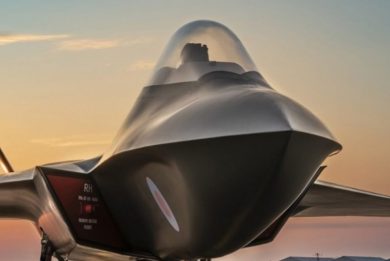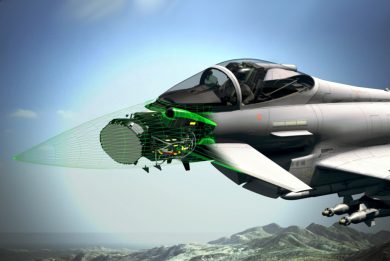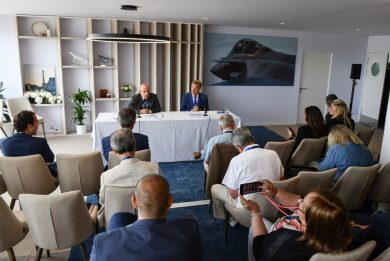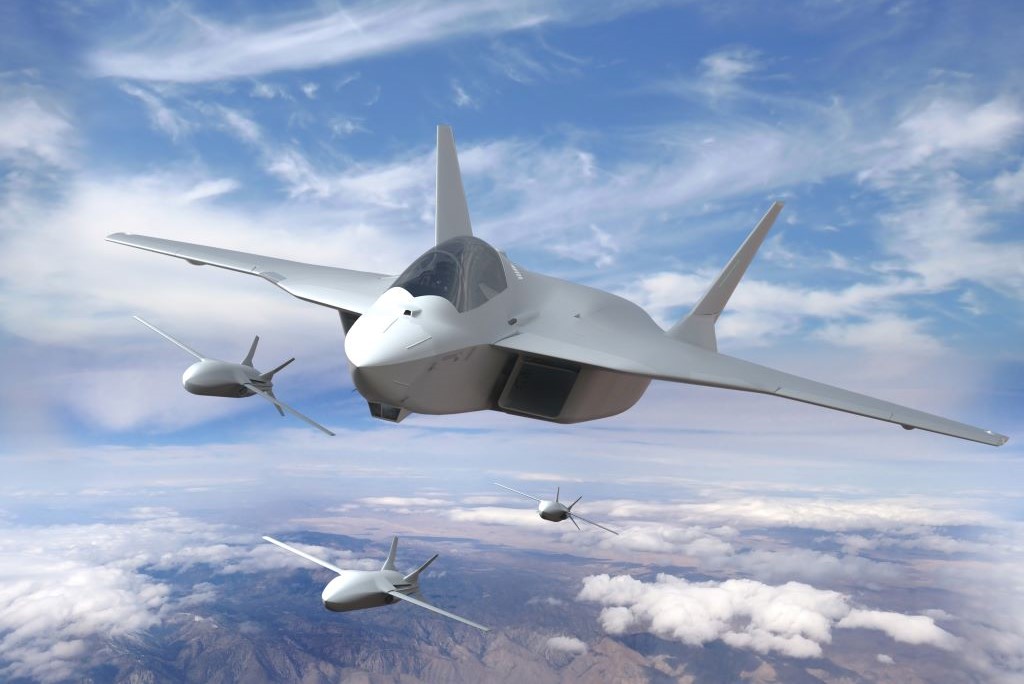
FCAS, a major European defense program marking the transition to the era of collaborative combat
The SCAF/FCAS, “Système de Combat Aérien du Futur in French” “and Future Air Combat System in English”, a project involving France, Germany and Spain, is emblematic of the will and capacity for innovation of European States and industry. It af-firms the ambition to build a state-of-the-art defence framework by 2040. To underline the political impulse to the new phase of the FCAS programme, on April 28 2023 the defence ministers of France, Germany and Spain, Sébastien Lecornu, Boris Pistorius and Margarita Robles, met in Madrid. In that same meeting they also announced the opening of the SCAF/FCAS programme to other nations.
The FCAS is finally taking off as Phase 1B studies officially entered into force on March 20, 2023. This first step allows manufacturers to move forward in the development of the New Generation Weapon System (NGWS) with a budget of 3.2 billion euros.
After several months of deadlock due to rivalry between manufacturers, an agreement was concluded on December 1, 2022 notably between Dassault Aviation of France and its partner Airbus, which represents the interests of Germany and Spain in the NGF (New Generation Fighter) the two other countries which are part of the project. Following this, on December 16, 2022, the study contract for phase 1B of the FCAS programme was awarded to the manufacturers by the French Ministry of the Armed Forces.
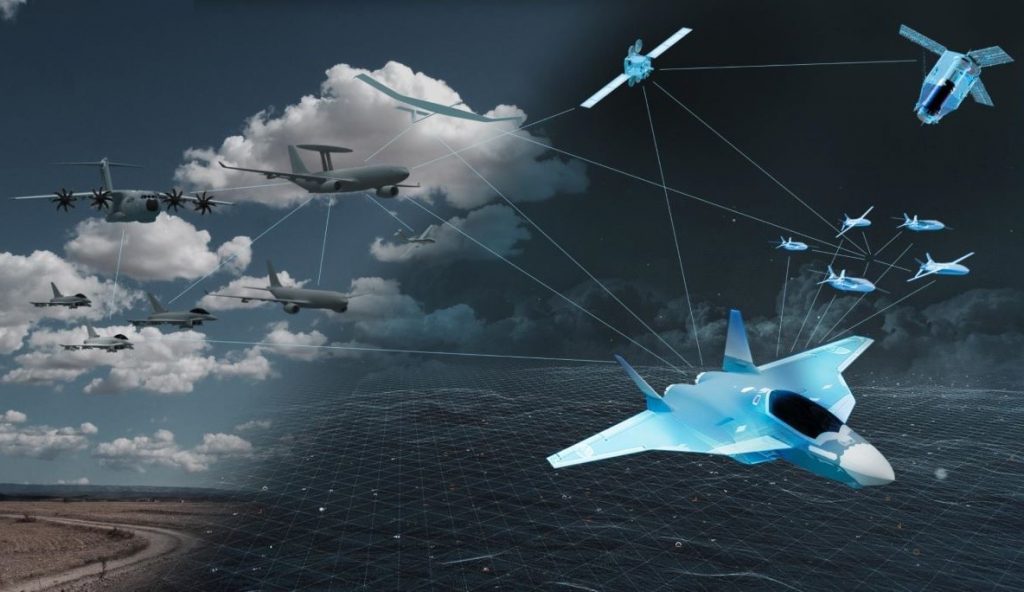
On behalf of the three partner countries, “the French General Directorate for Armament (DGA) has awarded to Dassault Aviation, Airbus, Indra, Eumet and their industrial partners, the contract for the Demonstrator Phase 1B of the FCAS,” according to a joint press release from the manufacturers. “This landmark contract, amounting to €3.2 billion, will cover work on the FCAS demonstrator and its components for about three and a half years,” they declared. According to the manufacturers, “this demonstration phase 1B will allow continuation of flying demonstrators and required cutting-edge technologies development and maturation as well as project architectures consolidation, with in-flight demonstrations targeted in the next phases by 2028-2029.” The demonstrator is a kind of pre-prototype intended to prove the reliability of the selected technologies.
The French Minister for the Armed Forces, Sébastien Lecornu, welcomed the contract award, which represents a “major step forward for this important project for the protection of our strategic interests. It testifies to a shared determination of the States and their manufacturers to act effectively by 2040 with a common system at the level of the European Union for all air missions,” he stated in a press release.
After having defined on a technical level what the armed forces expected from the future system and the place of each participant in each pillar of the programme, the three countries signed an intergovernmental agreement at the end of August 2021 providing for the necessary funding for the studies leading to a flying demonstrator.
FCAS: a “system of systems”
The FCAS project was launched in 2017 by Paris and Berlin, joined by Madrid in 2019. Thanks to an ambitious common roadmap, France, Germany and Spain have defined the stages and guidelines of this future collaborative air combat system.
FCAS is intended to replace French Rafale combat aircraft and German and Spanish Eurofighters by 2040. It is presented as a “system of systems” as the combat aircraft will be flanked by Remote Carriers (RC), all connected through a “combat cloud” with the other military assets engaged in the field. The FCAS will integrate current and next-generation platforms and sensors, as well as future disruptive technologies in order to adapt and respond to the challenges and threats of the coming decades. It will therefore ensure that the three nations armed forces fully benefit from the era of collaborative combat.
In this new era, networking of all players and equipment will increase their strength. It is a type of combat centered on connectivity. At the heart of collaborative combat are data and information sharing. For example, a drone spotting enemy armor could transmit it’s the target position to a tank better equipped to destroy it. In other words, the FCAS will make it possible to move from today’s aviation to more collaborative combat thanks to an integrated, highly connected, data-based system.
The novelty therefore lies more in what connects and drives the platforms for collaborative combat (combat cloud, artificial intelligence, sensors, etc.) than in the platforms themselves. “It’s a whole generation of technologies and modes of operation that we have to build over several decades,” explains a player involved in the project. “The system that we have imagined will become, and un fact is already, a necessity for us, looking at air operations in Ukraine,” he continues.
The FCAS is an open system, which components may evolve over time. Thanks to a modular architecture, this “system of systems” will be able to integrate future disruptive technologies in order to exploit the full potential of big data and artificial intelligence. AI could indeed be useful in network management. In the event of disturbances linked to jamming, for example, t he networks could reconfigure themselves to give priority to the most essential data flows.
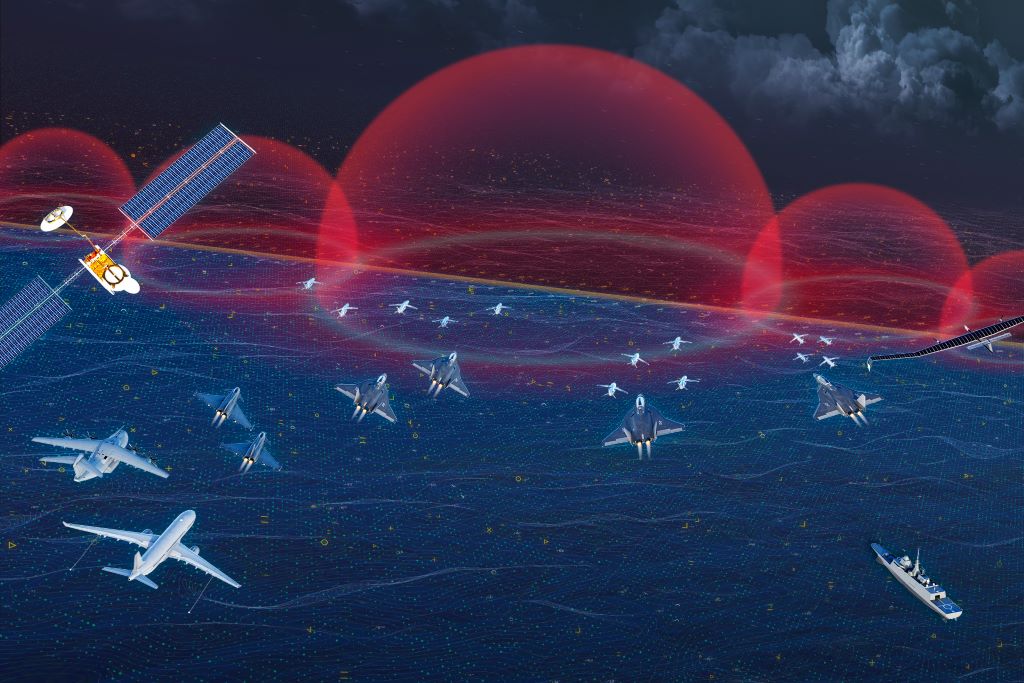
Seven pillars divided between the three countries
France is managing the programme, which is divided into seven pillars, each under the responsibility of an industrial champion acting as prime. This vast project brings together many French, German and Spanish manufacturers. The first pillar is the new generation fighter (NGF), for which Dassault Aviation is the prime contractor, while Airbus Defence and Space (Germany and Spain) are the partners.
The second pillar is the engine, in particular that of the future fighter, on which Safran, Germany’s MTU Aero Engines and the Spanish company ITP Aero are working. This pillar was entrusted to the joint venture Eumet, created by Safran and MTU. The third pillar involves the remote carriers, a family of unmanned aerial systems. Airbus Defence and Space (Germany) is the prime contractor, with MBDA and the Spanish consortium SATNUS as partners. The combat cloud (CC) is the fourth pillar: Airbus Defence and Space (Germany) provides the project management, with Thales and the Spanish company Indra as partners.
The fifth pillar is that of overall coordination (simlab), in order to ensure the coherence of each part of the programme. It is provided jointly by manufacturers from the three partner countries: Dassault Aviation, Airbus Defence and Space (Germany), Safran, MTU and Indra, as well as MBDA and Thales as subcontractors. The sixth pillar, the sensor pillar, will allow the development of all sensors and technology for much more precise and long-duration sensors in all spectra, thanks to the joint action of Thales, the German consortium FMCS and Indra, which is in charge of the work. Finally for the last pillar, stealth, Airbus Defence and Space (Germany and Spain) and Dassault Aviation are working together, with Airbus Spain providing the project management.
The NGWS program, the cornerstone of SCAF
The NGWS (Next Generation Weapon System) is the core element of FCAS. It was presented on June 17, 2019 at the Paris Air Show. It will revolve around the NGF next-generation fighter, unmanned Remote Carriers and a combat cloud. This key element of the “system of systems” will make it possible to interface with the other existing and future FCAS components. If the NGWS is the heart of the programme, the Combat Cloud is the brain.
Within the NGWS, the next-generation fighter is a central element. Equipped with the very latest technologies in terms of survivability, connectivity, artificial intelligence and new-generation cockpit, it will be able to accomplish the full spectrum of future operational missions in ever more complex environments. This combat aircraft will also be able to perform operations in total autonomy and will lead teams of unmanned aircraft, at the heart of collaborative combat.
The Remote Carriers are also part of the NGWS. They comprise small platforms, such as expendable light support drones with specific capabilities, and larger platforms. These force multipliers enhance capabilities within the NGWS, in highly hostile environments, by employing various payloads and swarm action capabilities. The Remote Carriers will increase tactical and combat mass to surprise, deceive, deter, overwhelm and strike adversaries. These drones will therefore accompany the fighter pilot and do some of the work for him, thus helping to protect him and make his action more effective.
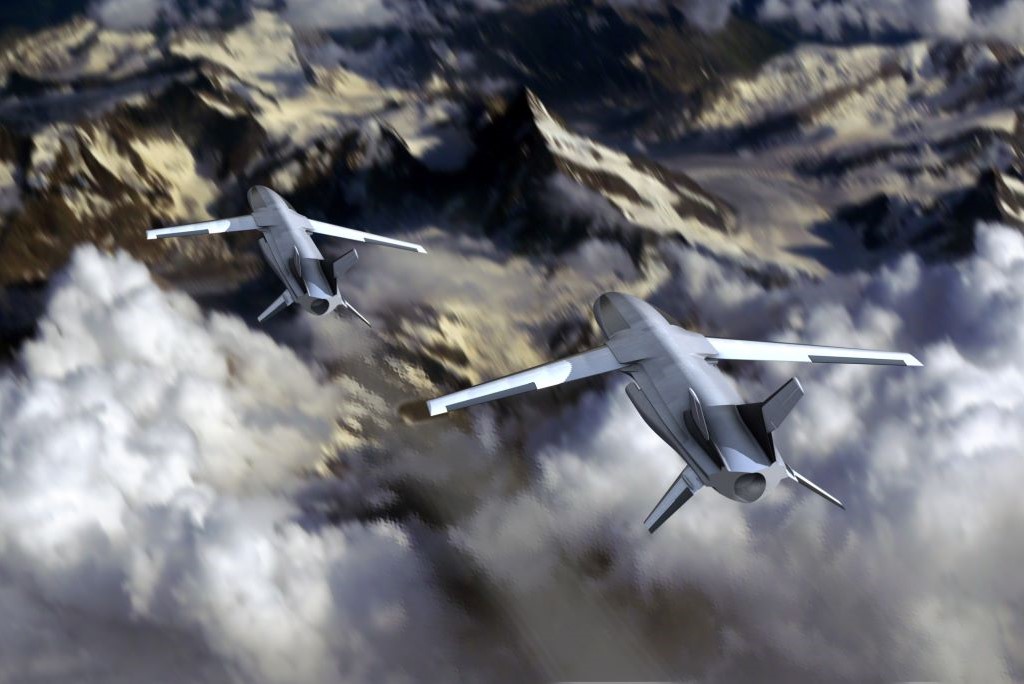
The combat cloud, meanwhile, a distributed digital platform producing fused and enriched data thanks to data analysis, artificial intelligence and enhanced man-machine collaboration, will enable distributed decision-making, teamwork with or without human inputs and collaborative detection. The number of sensors (aircraft, drones, radars, satellites, etc.) and data to be processed from these different sensors is constantly increasing. In air operations, the ability to quickly process data is increasingly critical.
The major challenge is therefore to switch to a data-based system, which will be the system of tomorrow. Data processing will have to be extremely rapid. Having a system that allows data to be used from one operator to another, from one application to another, requires great connectivity and a guarantee that the same data are being used. “The Americans are already developing this ‘system of systems’. They already have an intermediate system. The F-35 fighter already works with data,” notes a player involved in the project.
In addition to the components of the NGWS, the FCAS will integrate support platforms such as transport and aerial refueling aircraft, command and control aircraft, Eurofighter and Rafale fighters, drones such as the Eurodrone MALE RPAS and communication, observation and navigation satellites. The whole system will be connected to naval, land and cyber forces in order to achieve a common objective.
Critical European cooperation
The NGWS will have a major impact on the European defence industry and will drive the emergence of critical cooperative efforts. These collaborative ventures will develop supply chains in high-tech sectors and reduce long-term dependencies on non-European solutions.
Announced during the Franco-German cabinet meeting in Paris on July 13, 2017, and joined by Spain on February 14, 2019, the development of the NGWS embodies Europe’s desire to ensure its political sovereignty, its operational autonomy and its technological and industrial independence, while guaranteeing interoperability with the assets of NATO and Europe’s allies.
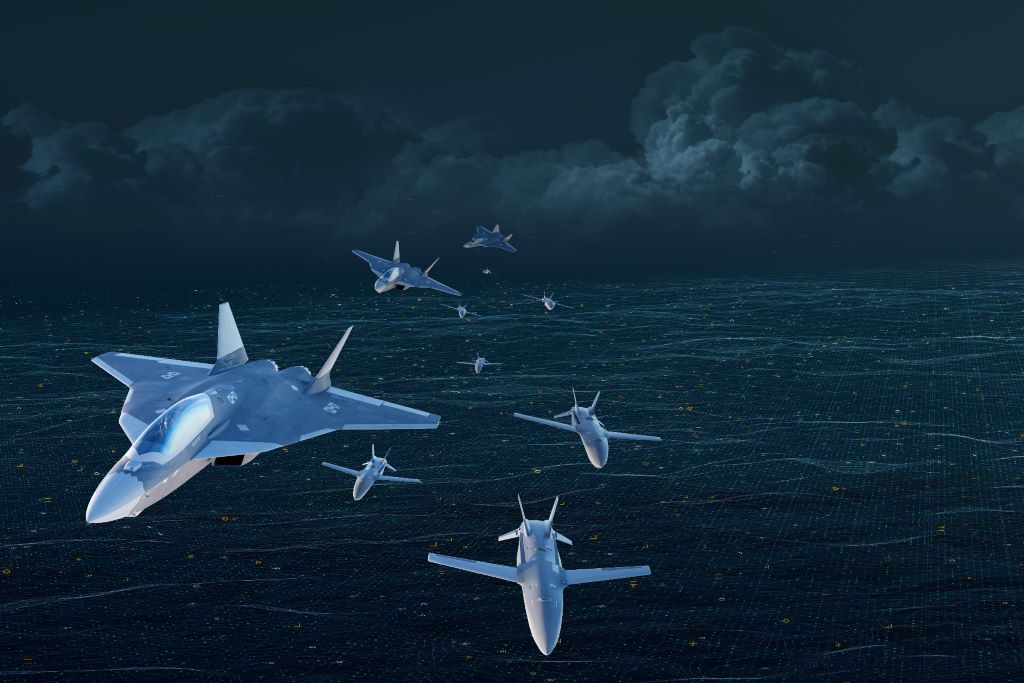
The FCAS is emblematic of the determination and capacity for innovation of European States and industry, affirming the ambition to build a defence framework at the cutting edge of technology by 2040. It will strengthen Europe’s technological sovereignty in the key areas of aeronautics, digital technology, big data and artificial intelligence, with centers of excellence that will promote the development of dual technologies at a European level, for civil and military application.
In any case, Europe does not really have a choice: if it wants to be able to take action on its own and be independent, it must have its own system by 2040, according to a player involved in the project. “For this, you must not waste time; you must join forces with others,” he adds. If the FCAS was to be abandoned, “there would be no other alternative than to connect to an American system which will decide for us,” confides this source.
The project testifies to the European will to remain not only in the race against the Americans, but also against a competing programme, initially called Future Combat Air System (FCAS). Unveiled at the Farnborough Airshow in 2018, the FCAS was launched by the UK government with BAE Systems, Rolls-Royce, Leonardo and the UK branch of the missile manufacturer MBDA, all united in “Team Tempest”. The Tempest programme was led by the UK, while Italy and Sweden were also partners. This project reached a milestone in July 2022 when the flight of a pre-prototype was announced “in the next five years”.
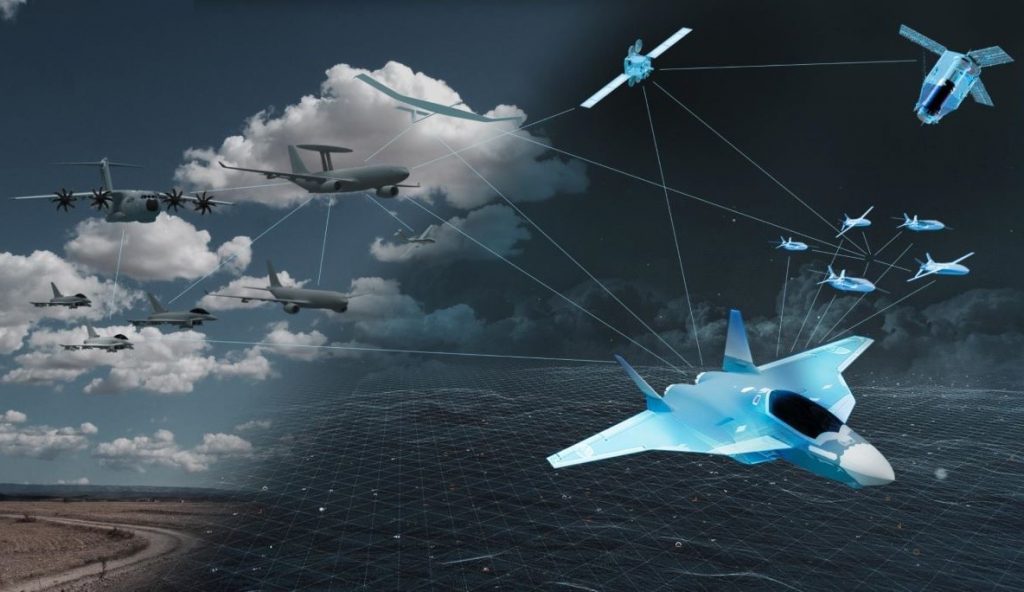
The objective of this FCAS competitor is to develop by 2035 a system built around a stealth combat aircraft – designed to evade detection by radar – accompanied by drones, all connected via a “combat cloud” with the other military assets involved in an operation. Japan subsequently joined the project. Tokyo, London and Rome have therefore announced the merger of their projects. The agreement combines the British FCAS project with the Japanese F-X under a programme called the Global Combat Air Programme (GCAP), the three countries announced on December 9, 2022 in a press release.
$100 billion?
For States involved in such major projects, cost-sharing is mandatory. The FCAS estimated cost is around €100 billion €, though the final amount is not yet known. The scope of the project is such that it must be conceived at a European level, and not at national level. Such a cost is justifiable given the importance of this large-scale European project for military aeronautics and the expected economic benefits.
By creating and preserving tens of thousands of jobs, these collaborative efforts will indeed bring economic and social benefits that will contribute to the wealth and excellence of Europe. The FCAS will respond to the needs of a resolutely pan-European military aviation strategy that will safeguard the interests of all parties involved. “There is a whole defence ecosystem to be mobilized and oriented over two decades in order to achieve this ‘system of systems’,” underlines a specialist.
It’s not going to happen all at once. “Little by little, we will integrate new aircraft. Every time we improve fighter planes, it will be one more step,” says our source. He adds: “We are going to advance incrementally on the integration of this system. Step by step, the Europeans will therefore move ahead in collaborative combat on the way to an integrated “system of systems”.
The FCAS represents an asset to unite Europe behind a major and important programme for its independence and sovereignty. The challenge is to have a strong European military force so that the Old Continent returns to its rightful place on the international scene, facing other powers, such as the United States or China. A country without a military force is a country without a future. A continent without a major common military project is a continent in decline.
Photos courtesy Airbus

